Wild and most Dangerous Animals
Top of the list Most Dangerous Animal,
The Komodo Dragon
Known scientifically as Varanus komodoensis, the Komodo dragon is the largest lizard across the globe. Some of the biggest Komodo dragons measure over 3 m (10 ft) in length and weigh around 350 pounds, but they usually range between 1.5 to 2.6 m (5 to 8.5 ft) and weigh 150 to 250 pounds. Komodo dragons travel at a speed of 25 km (13 mi) per hour
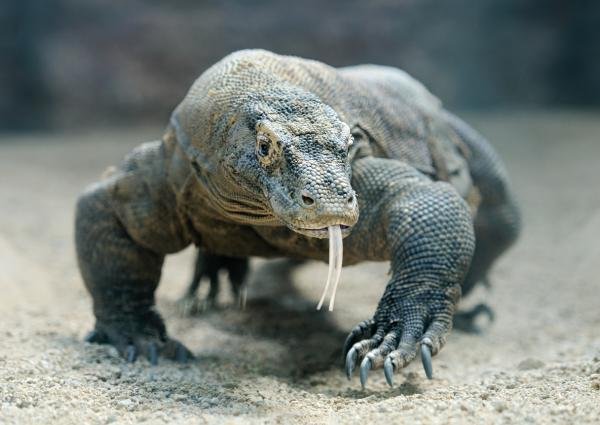
And the second Dangerous Animal is Golden poison Frog.
The golden poison frog (Phyllobates terribilis) also known as the golden frog, golden poison arrow frog, or golden dart frog, is a poison dart frog endemic to the Pacific coast of Colombia. The optimal habitat of P. terribilis is the rainforest with high rain rates (5 m or more per year), altitudes between 100 and 200 m, temperatures of at least 26 °C, and relative humidity of 80–90%. In the wild, P. terribilis is a social animal, living in groups of up to six individuals; however, captive P. terribilis specimens can live in much larger groups. These frogs are often considered innocuous due to their small size and bright colours, but wild frogs are lethally toxic.
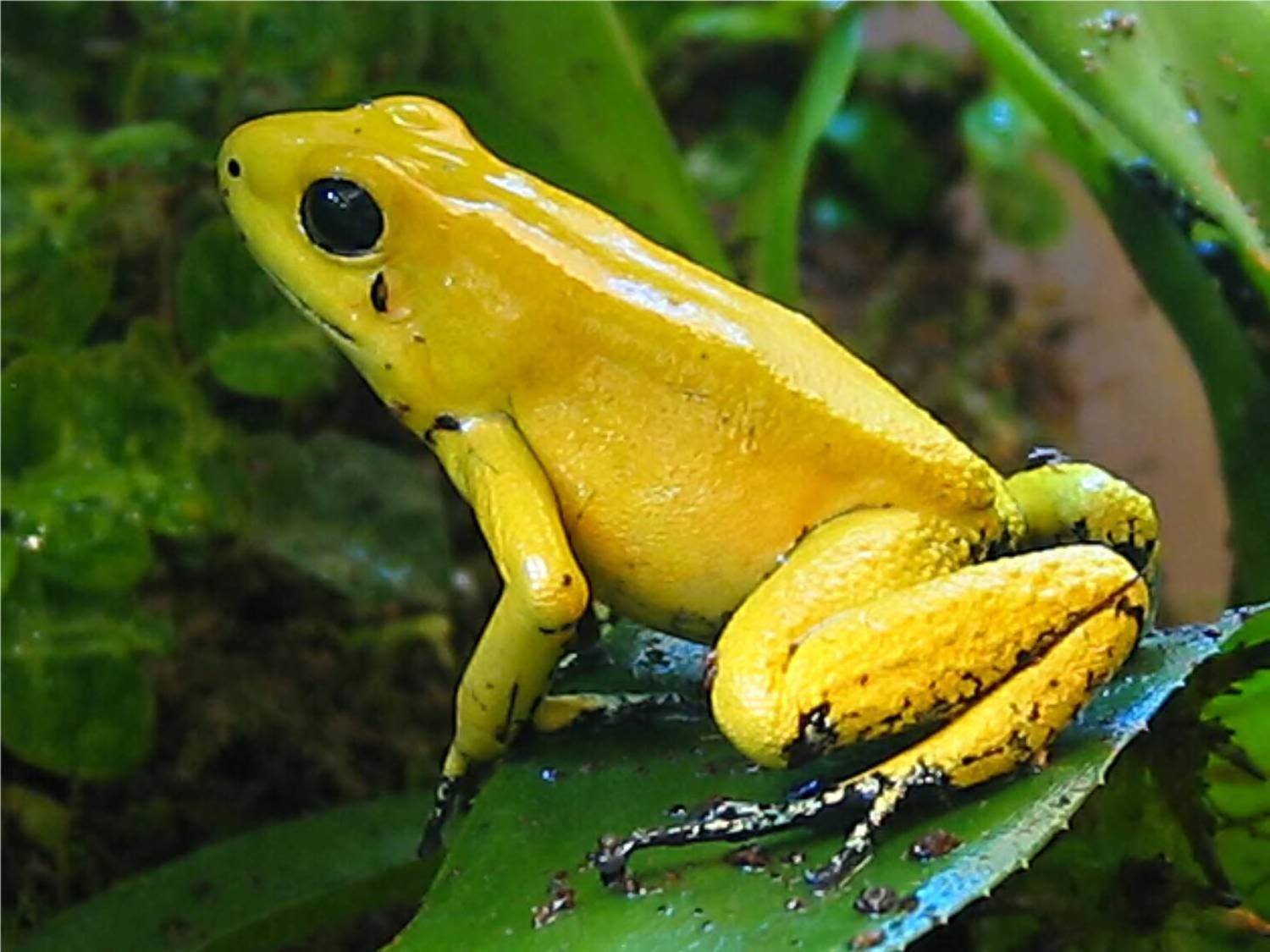
The Very dangerous Bite wise Crocodile is Top of the list. Because his teeth is so sharp. Once they catch someone,
do not leave easily.Crocodiles (subfamily Crocodylinae) or true crocodiles are large aquatic reptiles that live throughout the tropics in Africa, Asia, the Americas and Australia. Crocodylinae, all of whose members are considered true crocodiles, is classified as a biological subfamily.
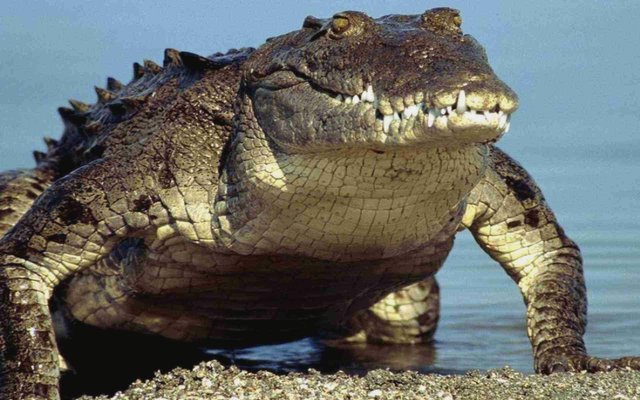
This is a very dangerous animal of water.Crocodile size, morphology, behaviour and ecology differ somewhat among species. However, they have many similarities in these areas as well. All crocodiles are semiaquatic and tend to congregate in freshwater habitats such as rivers, lakes, wetlands and sometimes in brackish water and saltwater.
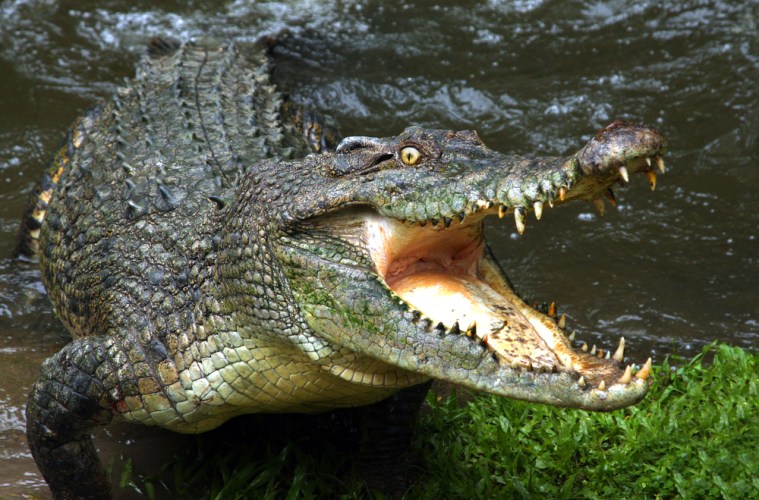
As we all know, Lion is a dangerous animal.
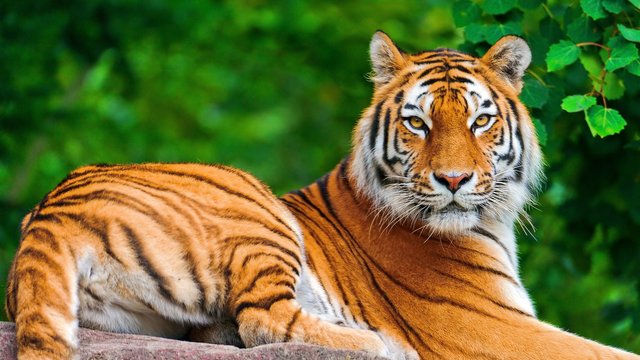
Male lions are easily recognized by their manes, and the male's face is one of the most widely recognised animal symbols in human culture.
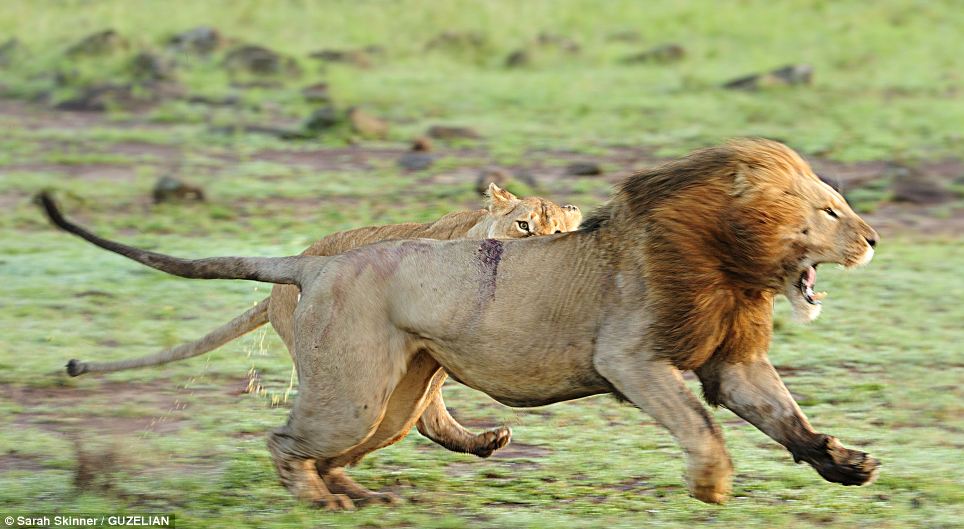
Phylogenetic research:
Early phylogenetic research was focused on lions from eastern and southern parts of Africa, and already showed that they can possibly be divided in two main clades: one to the west of the Great Rift Valley and the other to the east. Lions in eastern Kenya are genetically much closer to lions in Southern Africa than to lions in the Aberdare National Park in western Kenya.In a subsequent study, tissue and bone samples of 32 lion specimens in museums were used. Results indicated that lions form three phylogeographic groups, one each in North Africa and Asia, in Central Africa and in Southern Africa. Samples of 53 lions, both wild and captive individuals, from 15 countries were used for phylogenetic analysis. Results showed little genetic diversity between lions from Asia, West and Central Africa, whereas lions from East Africa were genetically closer to lions from Southern Africa. Results of another phylogeographic study indicate that southeastern Ethiopia, western Somalia and northern Kenya are genetic admixture regions between lions from Central Africa and Southern Africa, and that lions in the northern part of Central Africa are genetically closer to lions in North and West Africa, and those in the southern part of Central Africa closer to lions in Southern Africa.
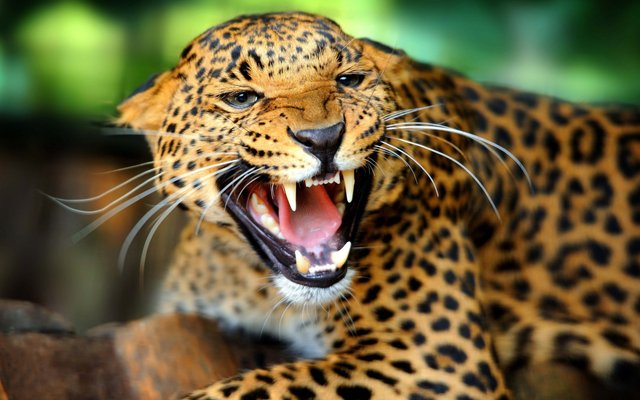
Elephants are the largest land animals on Earth. They have characteristic long noses, or trunks; large, floppy ears; and wide, thick legs. There are two species of elephant. The Asian elephant and the African elephant live on separate continents and have many unique features. There are several subspecies that belong to one or the other of these two main species, though there is disagreement over just how many subspecies there are.
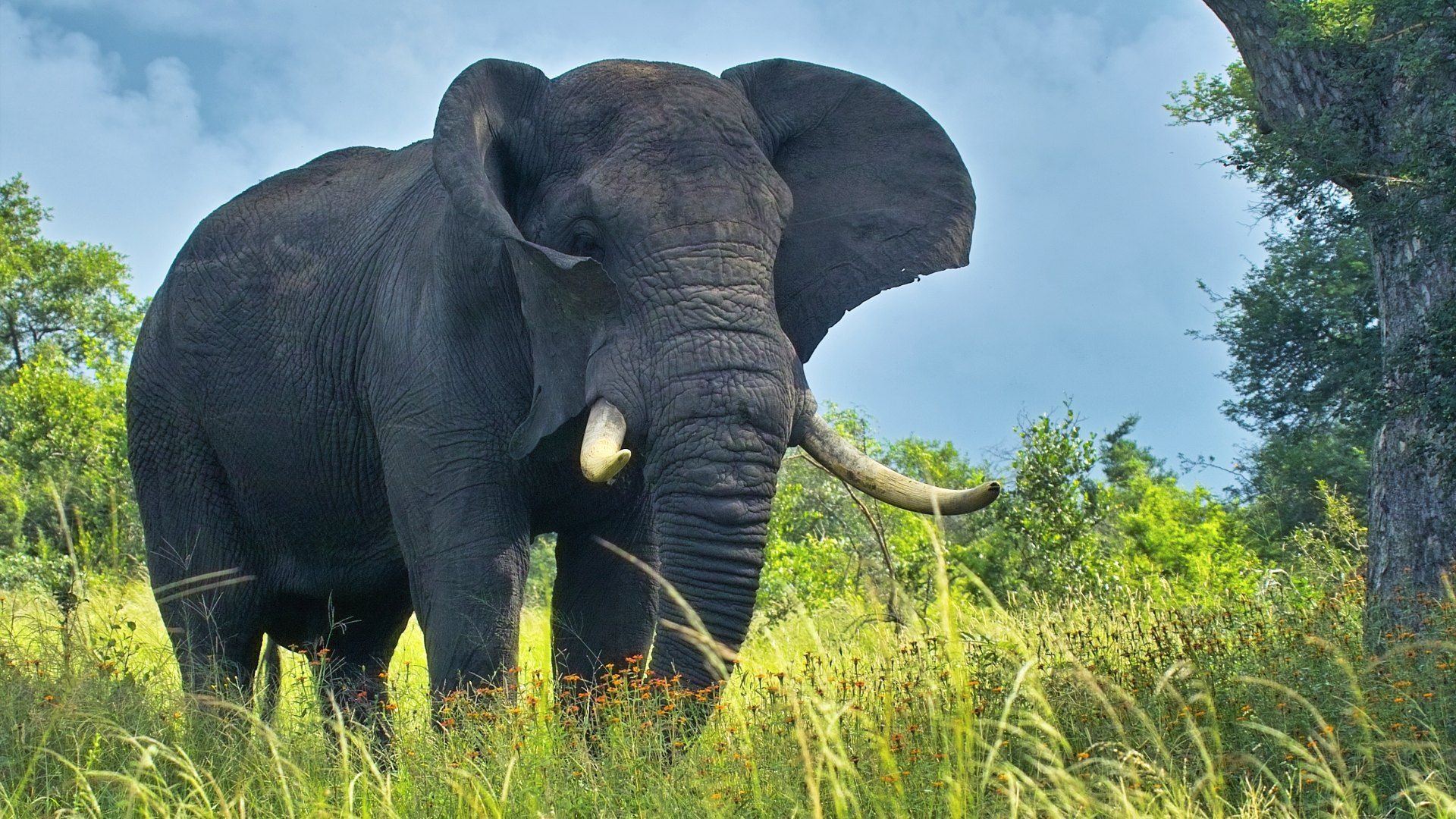
Size:
African elephants are the larger of the two species. They grow 8.2 to 13 feet (2.5 to 4 meters) from shoulder to toe and weigh 5,000 to 14,000 lbs. (2,268 to 6,350 kilograms), according to the National Geographic. Asian elephants can grow up to 6.6 to 9.8 feet (2 to 3 m) from shoulder to toe and weigh up to 2.25 to 5.5 tons (2,041 to 4,990 kg).
Habitat:
African elephants live in sub-Saharan Africa, the rain forests of Central and West Africa and the Sahel desert in Mali. Asian elephants live in Nepal, India and Southeast Asia in scrub forests and rain forests.
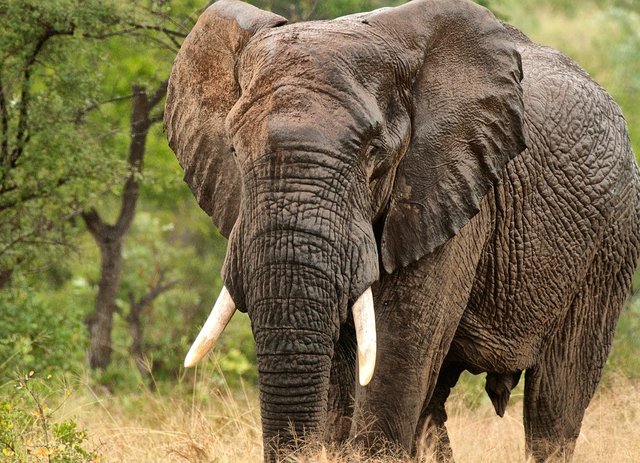
Black Wolf
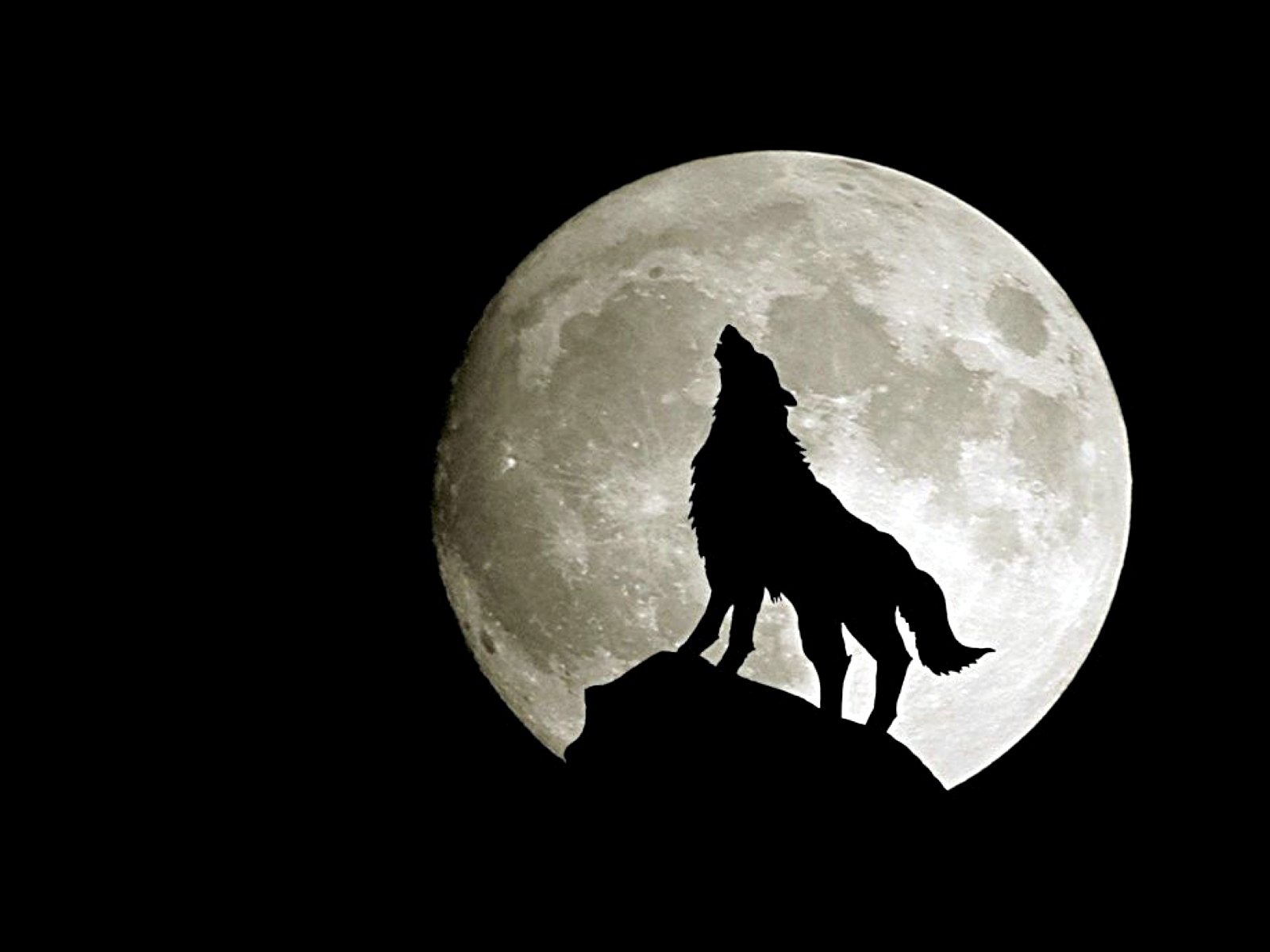
Any person who has been able to catch a glimpse of any type of wolf is indeed a lucky man. The wolf is one of the earth’s most cowardly and fearful animals,and it is so sly and, pardon the expression, foxy, that it is almost a waste of time to try and catch him in any kind of trap.Although he can be cowardly and fearful, he can also be one the most vicious and blood-thirsty of all animals. Often, they simply kill as much prey as is possible, regardless of hunger and appetite. This is done by “hamstringing” their prey. This leaves them helpless and unable to move. Then the wolf pack can eat and tear him apart at their own will. Although savage and bloodthirsty, wolves are among some of the world’s smartest and most perceptive mammals.
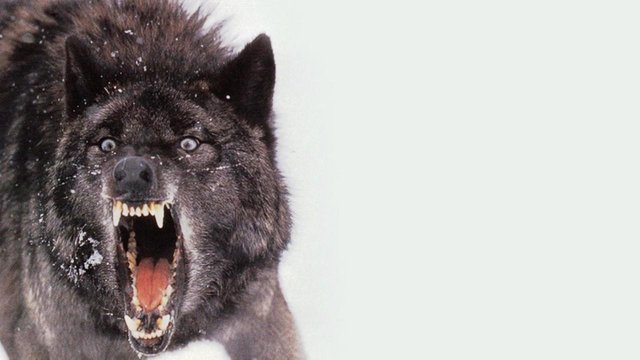
Wolves are found all over the world and on almost every major continent of the earth. The following wolves are types of Gray Wolves (Canis lupus). In Eastern Europe the European Wolf (Canis lupus lupus) can be found even though it used to roam most of Western Europe as well. In Spain, two wolves have also been identified-Canis lupus deitanus and Canis lupus signatus. While the first is similar to many of the other European wolves, the latter may be more closely related to the jackal (Canis aureus), than to a wolf. The Caucasion Wolf (Canis lupus cubanensis) is found in many parts of Eastern Europe and western Asia.
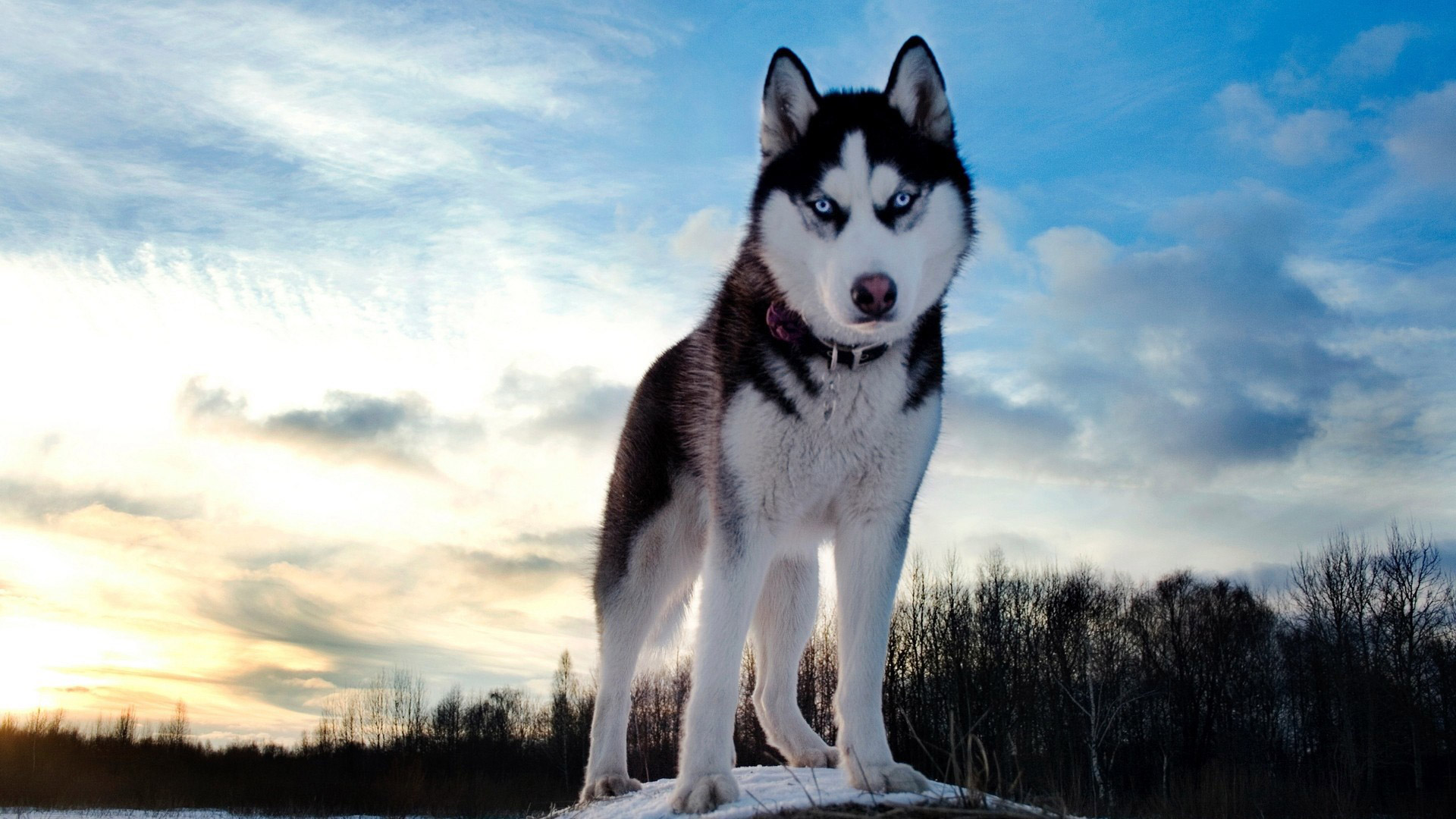
Black Snake

Death Adder:
Feather details & Information
You know that famous legend about Cleopatra using a snake to kill herself? The type of snake she supposedly used was a death adder. You can find these snakes throughout Australia, New Guinea, and other regions. A bite can result in paralysis, respiratory arrest, and death inside of only six hours. With fast treatment, a patient is unlikely to die, but without treatment, about 50% of bites are lethal. Death adders also prey on other snakes.
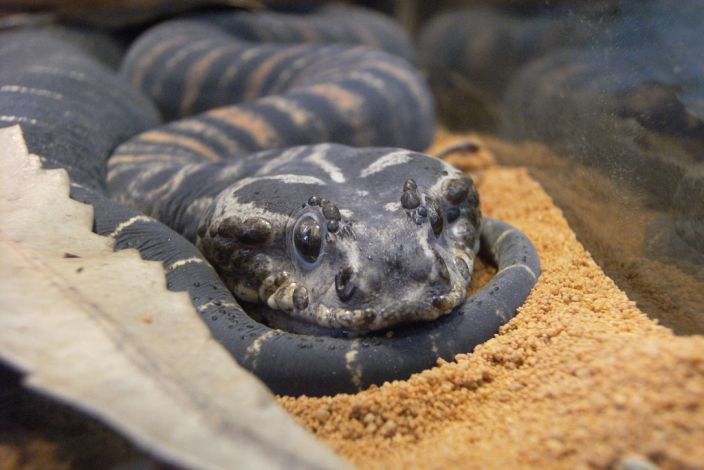
Most dangerous Snake in the world
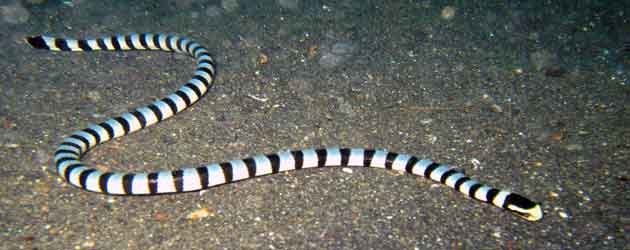
Belcher’s Sea Snake:
The belcher’s sea snake is not very long. It is only about 50 to 100cm long when it is mature. The body has a yellowish tone, with bands going across the body that are greenish in tone. It does not have a long head. These greenish bands cover the head as well. It has a small mouth. When the snake is not in the water, the skin just looks faintly yellow. The scales on the snake overlap each other, so this is not like how the scales look in other reptiles.
Black Panther:
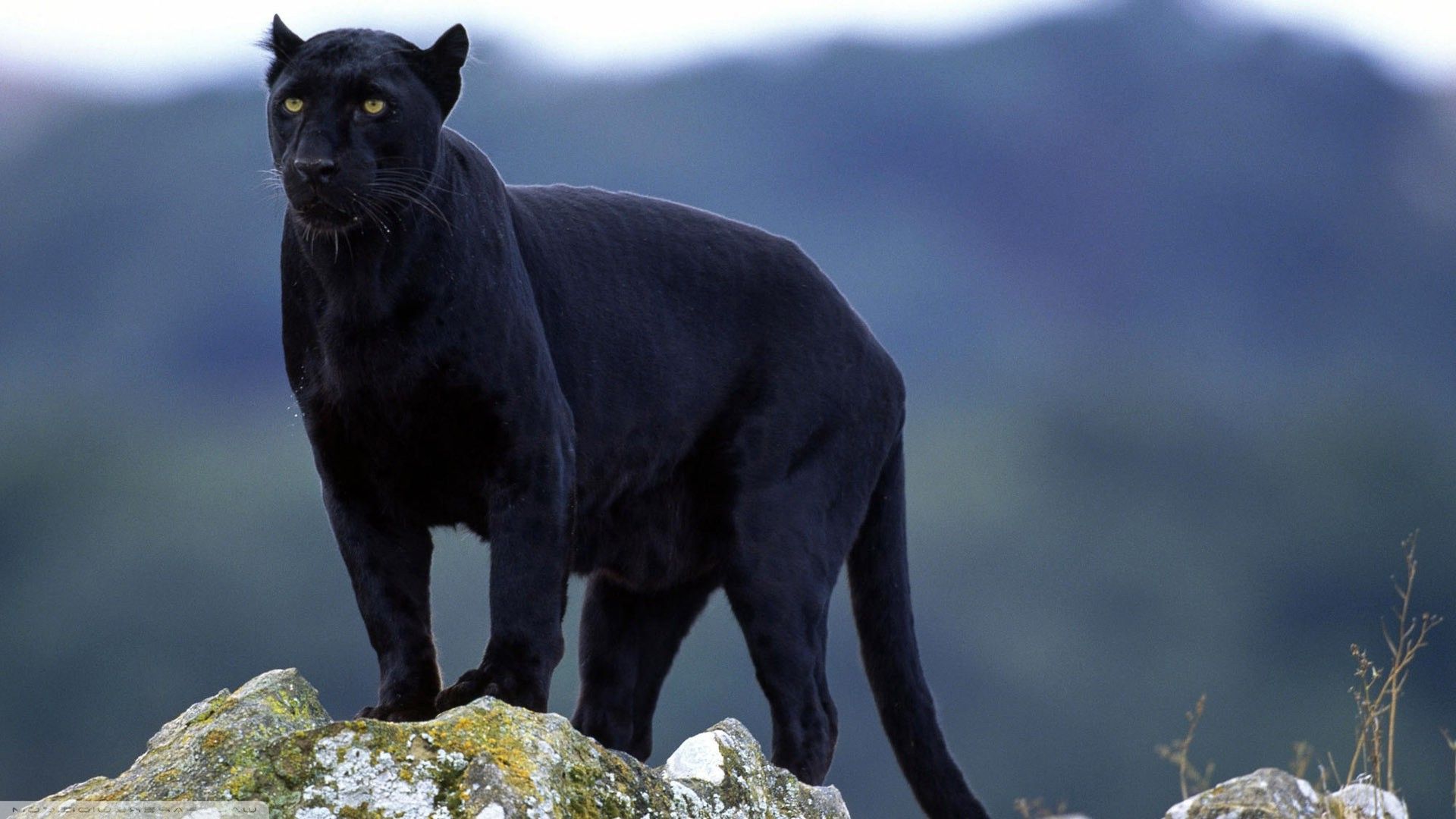
The Panther (also commonly known as the Black Panther) is a large member of the Big Cat family, native to Asia, Africa and the Americas. The Panther is not a distinct species itself but is the general name used to refer to any black coloured feline of the Big Cat family, most notably Leopards and Jaguars. The Panther is an elusive and powerful animal that has adapted well to a variety of habitats around the world, and is known to be one of the strongest climbers of all felines. Although the Panther is not technically classified as a separate species, they are considered to be endangered by many due to the declining numbers of both Leopards and Jaguars throughout much of their natural ranges.